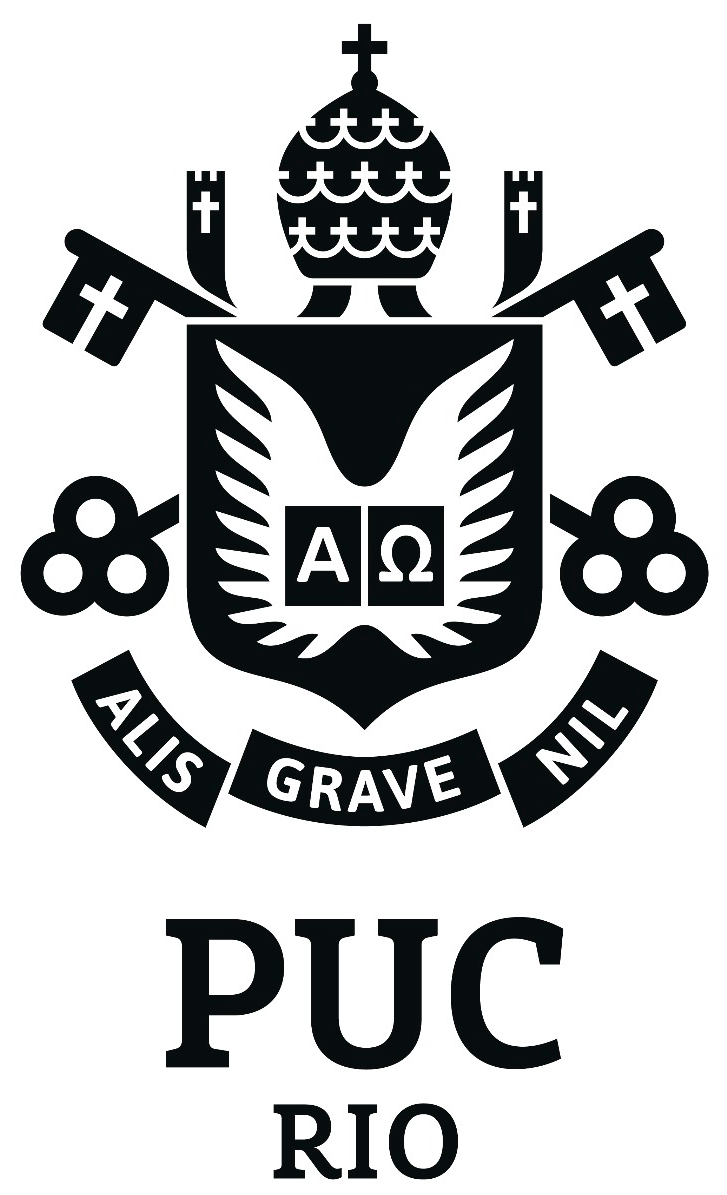Contributions to the Econometrics of Counterfactual Analysis
Orientador(a): Marcelo Medeiros
Co-orientador(a): Carlos Viana de Carvalho
Banca: Bruno Ferman, Leonardo Rezende, Marcelo Jovita Moreira, Pedro Carvalho Loureiro de Souza.We consider a new method to conduct counterfactual analysis when one "treated'' unit suffers a shock or an intervention, such as a policy change. The proposed approach is based on the construction of an artificial counterfactual from a pool of "untreated'' peers, and is inspired by different branches of the literature such as: the Synthetic Control method, the Global Vector Autoregressive models, the econometrics of structural breaks, and the counterfactual analysis based on macro-econometric and panel data models.
We analyze the asymptotic properties of the artificial contrafactual constructed either via a conditional expectation model or conditional quantile model. In both cases we derive an asymptotic Gaussian estimator for the average effect (quantile effect ) of the intervention and present a collection of companion hypothesis tests. We also discuss finite sample properties and conduct a detailed Monte Carlo experiment.
Finally we consider the implications of applying the our framework to integrated process of order 1. We found that for the case without drift where at least one cointegration relation exists we have a square root consistent estimator for the intervention effect albeit with a non-standard distribution. Whereas without a cointegration relation (spurious) the estimator diverges. For the case when the drift is present the estimator for both cases (cointegrated and spurious) either diverges or is not well define asymptotically. As a recommendation we suggest to work in first diference reducing the estimation to the stationary case.

